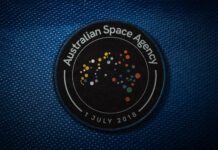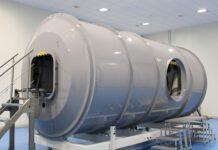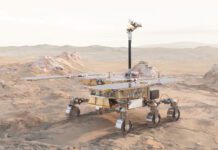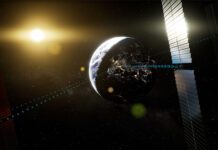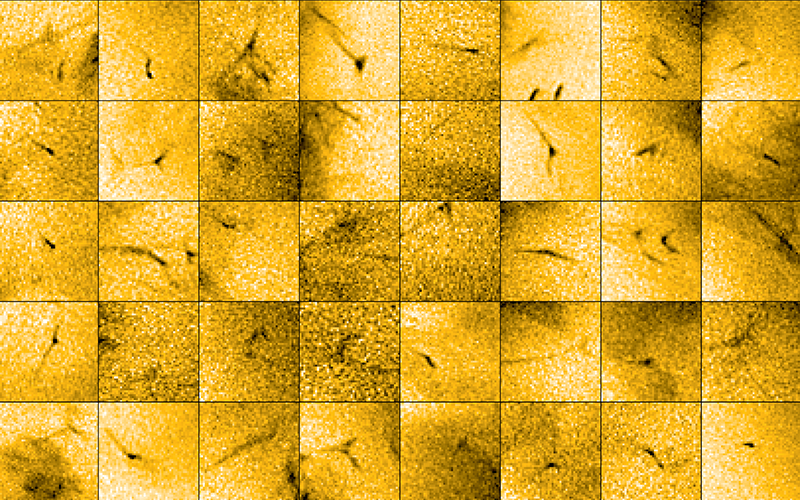
The European Space Agency’s Solar Orbiter spacecraft has discovered a number of tiny jets of material escaping from the Sun’s outer atmosphere. These jets may be the long-sought-after source of solar wind.
Work on the Solar Orbit began in 2012 with a €300 million contract awarded to Astrium UK. In February 2020, the spacecraft was launched aboard a NASA-contributed Atlas V mission. The spacecraft is the most complicated science laboratory that’s ever been sent to the Sun. It is also the first to capture close up images of the Sun’s polar regions.
Today, ESA announced the spacecraft’s latest mission highlight with the discovery of the faint, short-lived features that have been identified as small jets of plasma being ejected from the Sun’s atmosphere. Each of the jets lasts between 20 and 100 seconds and expels plasma at around 100 km/s.
“We could only detect these tiny jets because of the unprecedented high-resolution, high-cadence images produced by EUI (Extreme Ultraviolet Imager)” explained Lakshmi Pradeep Chitta, Max Planck Institute for Solar System Research in Germany.
The source of solar wind
Solar wind is made up of charged particles, known as plasma, that continuously escapes the sun. It spreads outwards throughout interplanetary space and collides with anything in its path. When solar winds collide with Earth’s magnetic field, it results in aurorae.
While researchers have known for decades that a signification portion of solar wind is associated with magnetic structures of the Sun called coronal holes, the exact mechanism of how plasma was escaping from these structures was not understood. Researchers believe that these small jets may be the first step in understanding that mechanism.
“I think it’s a significant step to find something on the disc that certainly is contributing to the solar wind,” says David Berghmans, Royal Observatory of Belgium, and principal investigator for the EUI instrument.
Solar Orbit is three and a half years into a seven-year primary mission. Over the coming years, it will continue to observe the plasma jets in an effort to better understand their contributions to the creation of solar wind.

